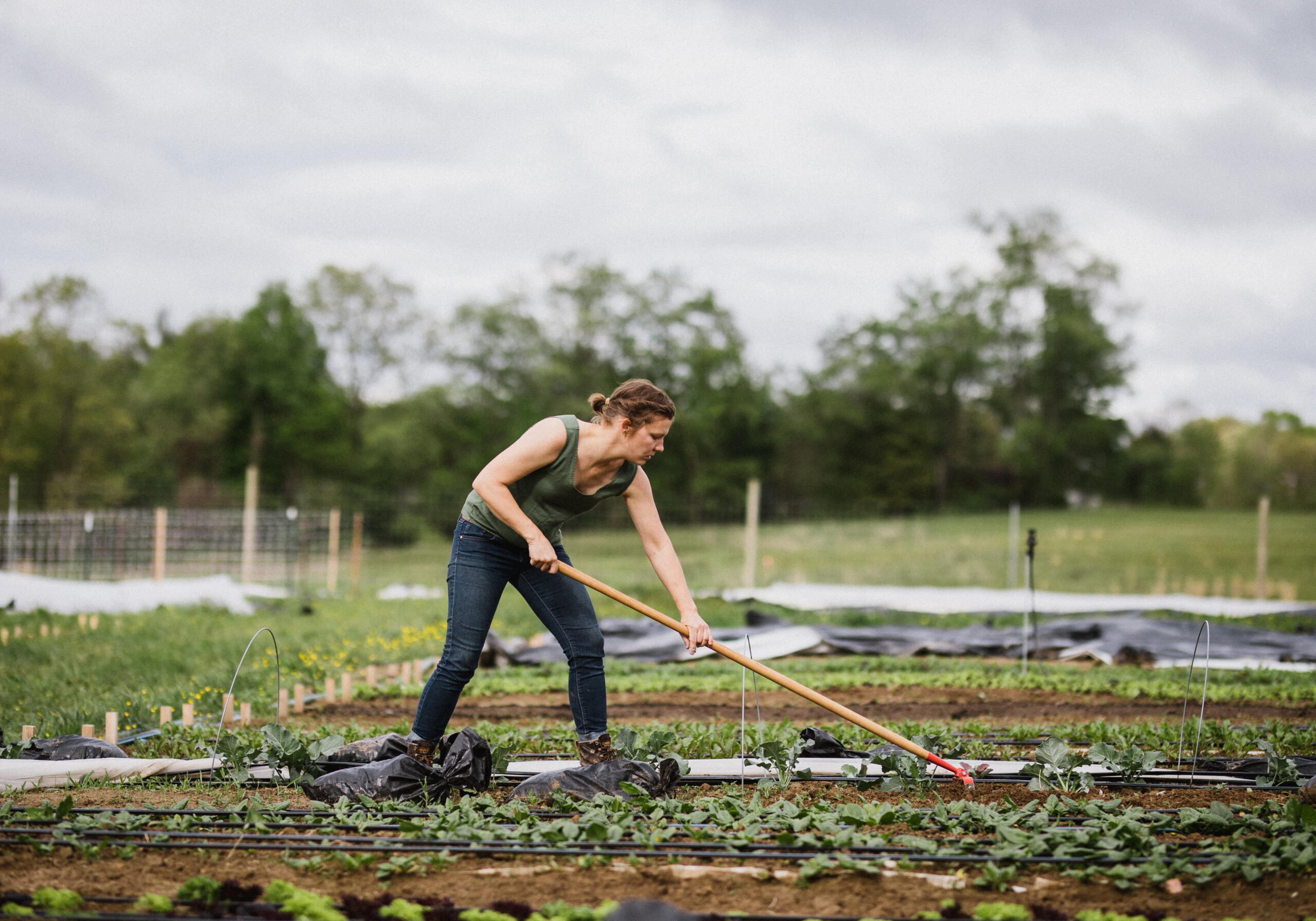
Regenerative farming is on the rise.
According to the 2022 survey by National Young Farmers Coalition, 83 percent of new farmers report that “one of their farm’s primary purposes for existing is engaging in conservation or regeneration.”
This rise in interest among young farmers is a hopeful development, given the well-documented benefits regenerative agriculture has for the earth and human health. According to numerous studies, regenerative agriculture can sequester carbon from the atmosphere, grow more nutritious food, and rebuild soil that has been depleted by centuries of extractive farming.
Still, there is one very important thing missing from the regenerative movement: farmland.
The same study by the National Young Farmers Coalition reports that young farmers identify the lack of affordable, long-term access to farmland as their number one challenge. Since 2007, farmland prices have risen over 68 percent. These prices affect Black farmers in particular, who own a disproportionately small fraction of the nation’s farmland. New farmers often face the difficult choice of taking on short-term rentals, or leaving the profession entirely.
We are at a turning point in the way we relate to and use land in the United States. Over the next decade, aging farmers will begin to retire, causing 400 million acres of land to change hands. This transfer presents both danger—investment firms like Acre Trader are already buying up huge swaths of land—and immense opportunity.
What if we could acquire this land and transfer it into the hands of farmers who want to change our food system for the better?
We know that new farmers have the skills and work ethic to transform American agriculture from a system that exploits the land, to one that heals the land. What we need are tools and support networks to make their vision a reality. The Agrarian Commons, a community land ownership structure that allows communities to pool their resources and acquire farmland for the benefit of people and the planet, is one of these tools.
There is power in collective action. An individual farmer may be unable to overcome a high price tag. Add the support of their neighbor, local businesses, non-profits, and a national network of funders, and things start looking different. Inspired by the wide variety of legal models that have emerged from the community land trust movement, the Agrarian Commons provides communities with an avenue for collective action, providing the legal structure for communities to purchase, hold, and distribute land for regenerative farming.
Subscribe to our newsletter to learn more.


